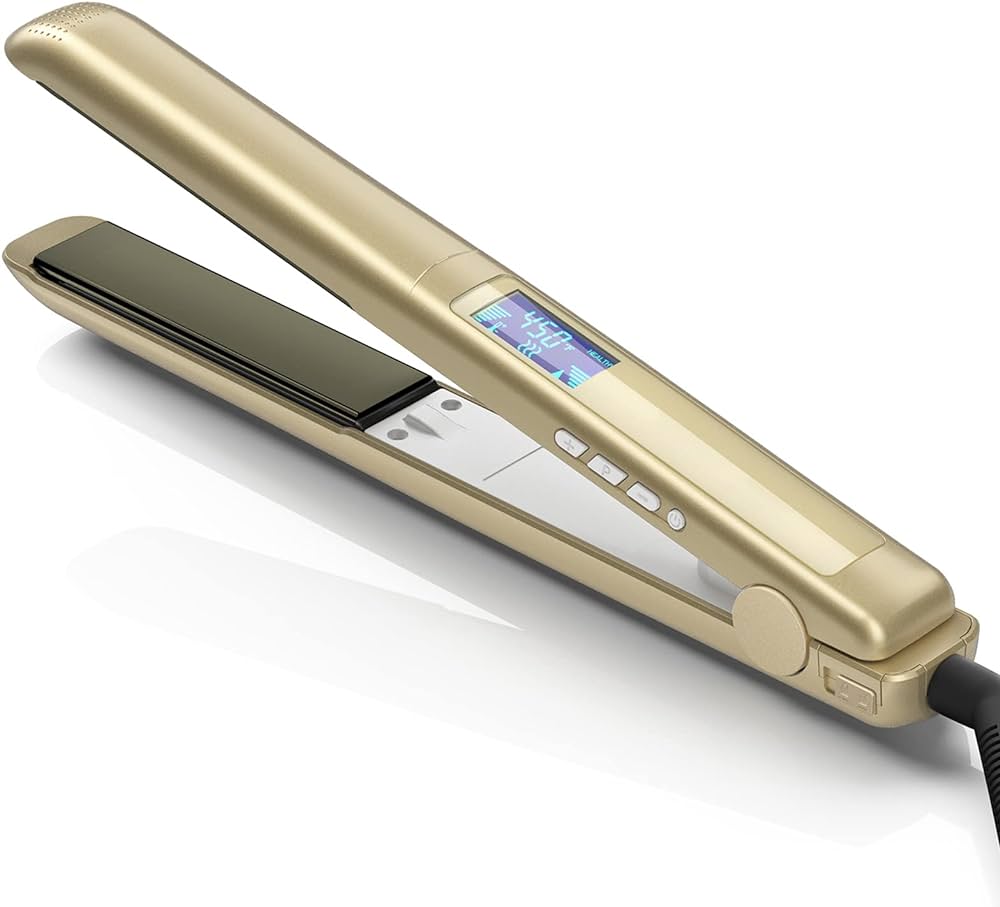Introduction
A wet to dry hair straightener is a powerful and versatile styling tool that allows you to straighten your hair directly from wet or damp state, eliminating the need to pre-dry it. This innovative device can save you time and effort by combining drying and straightening functions into one step. In this comprehensive guide, we will explore the features and benefits of wet to dry hair straighteners and provide specific techniques and tips for achieving smooth, sleek hair effortlessly. From preparation to styling methods, we will cover all the necessary details to help you make the most out of this convenient hair tool.
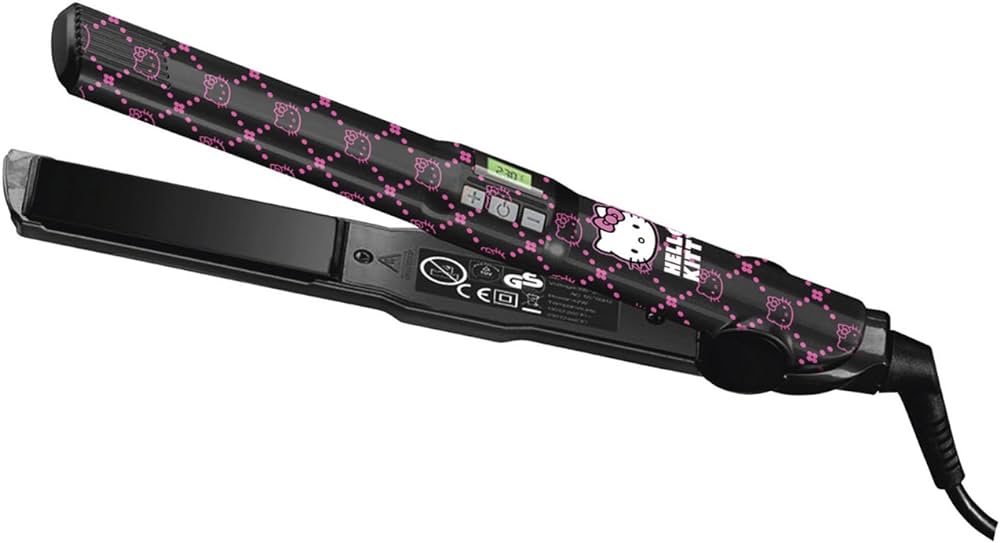
Achieving Effortless and Efficient Styling with a Wet to Dry Hair Straightener
I. Understanding the Wet to Dry Hair Straightener
-
Dual Functionality:
- A wet to dry hair straightener is designed to dry and straighten hair simultaneously. It combines the functionalities of a hair dryer and a straightener, allowing you to achieve sleek, straight styles on wet or damp hair.
-
Advanced Heating Technology:
- Wet to dry straighteners use advanced heating technology to safely and efficiently straighten wet hair. They are equipped with high-quality, heat-resistant plates and intelligent temperature control systems that prevent excessive heat damage.
II. Preparing Your Hair for Styling
-
Towel-Drying:
- Before using a wet to dry hair straightener, gently towel-dry your hair to remove excess moisture. Avoid rubbing your hair vigorously, as this can cause frizz or damage. Instead, pat your hair with a towel to absorb moisture.
-
Detangling and Applying Heat Protectant:
- To ensure an even and smooth styling process, use a wide-toothed comb or detangling brush to remove any knots or tangles from your hair. Apply a heat protectant spray or serum to protect your hair from the heat of the straightener.
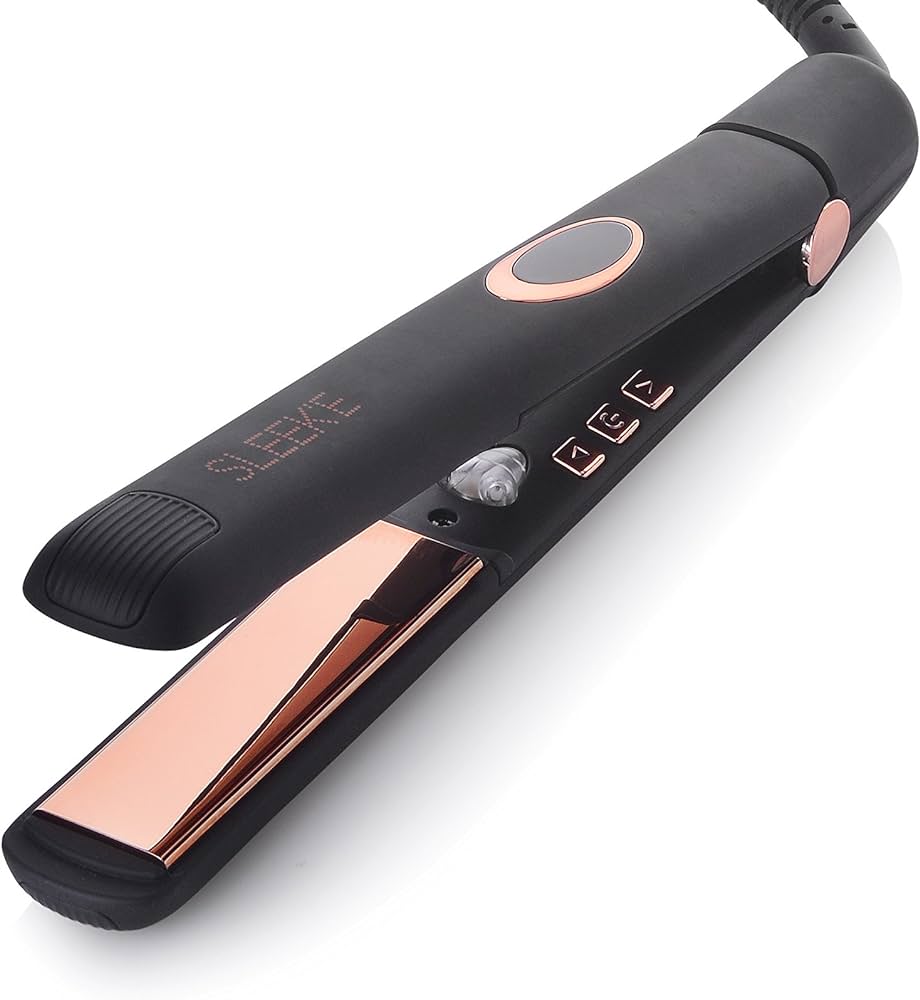
III. Using a Wet to Dry Hair Straightener
-
Adjusting Temperature Settings:
- Wet to dry hair straighteners typically offer adjustable temperature settings. Select the appropriate heat setting based on your hair type and texture. Fine or damaged hair may require lower temperatures, while thicker or coarse hair may need higher heat settings.
-
Sectioning Your Hair:
- Divide your hair into manageable sections using clips or hair ties. This helps to ensure even heat distribution and easier styling. The size of the sections will depend on your hair’s thickness and the desired end result.
-
Straightening Technique:
- Starting with one section, take a small segment of hair and sandwich it between the plates of the straightener. Gently glide the straightener through the hair, from root to tip, exerting even pressure. Avoid holding the straightener in one spot for too long, as this can cause heat damage.
-
Repeat and Move Sequentially:
- Continue straightening small sections of hair, working your way systematically through each section. For best results, start at the root of the hair and move towards the ends. This ensures consistent straightening and helps maintain a smooth, polished finish.
IV. Styling Tips for Optimal Results
-
Adding Volume:
- To create volume and lift at the roots, gently lift the sections of hair at the roots while styling. Direct the air flow from the straightener’s plates towards the roots, using a lifting motion. This technique will add body and create a voluminous look.
-
Creating Waves or Curls:
- While the primary function of a wet to dry hair straightener is straightening, it can also be used to create soft waves or curls. To achieve this, wrap sections of hair around the straightener’s plates and twist it gently as you glide the straightener through. Experiment with different techniques to achieve your desired wave or curl pattern.
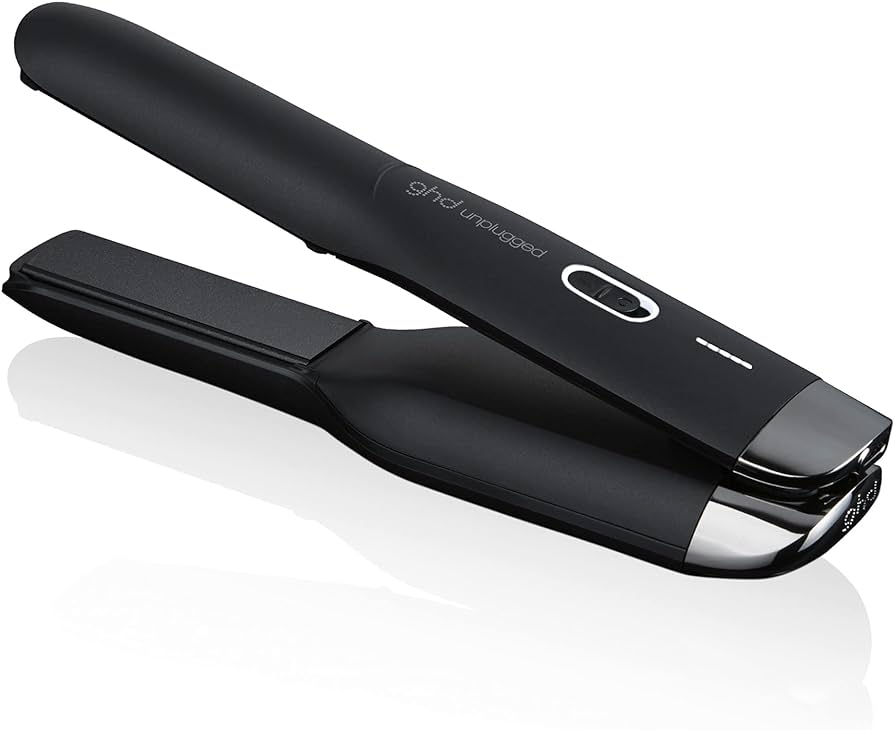
V. Post-Styling Care and Maintenance
-
Cooling Down and Safe Storage:
- After using the straightener, allow it to cool down completely before storing it. This prevents any damage to the device or accidental burns. Store the straightener in a safe and suitable location, away from water or excessive heat.
-
Cleaning the Straightener Plates:
- Over time, product residues or oils can accumulate on the plates of the straightener. Regularly cleaning the plates ensures optimal performance. Use a soft, slightly damp cloth to wipe away any residues, taking care to avoid contact with the electrical components.
VI. Maximizing Safety and Performance
-
Avoiding Excessive Heat Exposure:
- Although a wet to dry hair straightener is designed to be used on wet or damp hair, it is important to avoid excessive heat exposure. Avoid placing the straightener in one spot for too long, as this can cause heat damage. Maintain a smooth gliding motion, ensuring that the heat is evenly distributed throughout the hair.
-
Monitoring Hair Health:
- Regular use of heat styling tools, including wet to dry hair straighteners, can potentially cause hair damage. To maintain the health of your hair, limit the frequency of heat styling and incorporate proper hair care practices, such as regular deep conditioning treatments and moisturizing products.
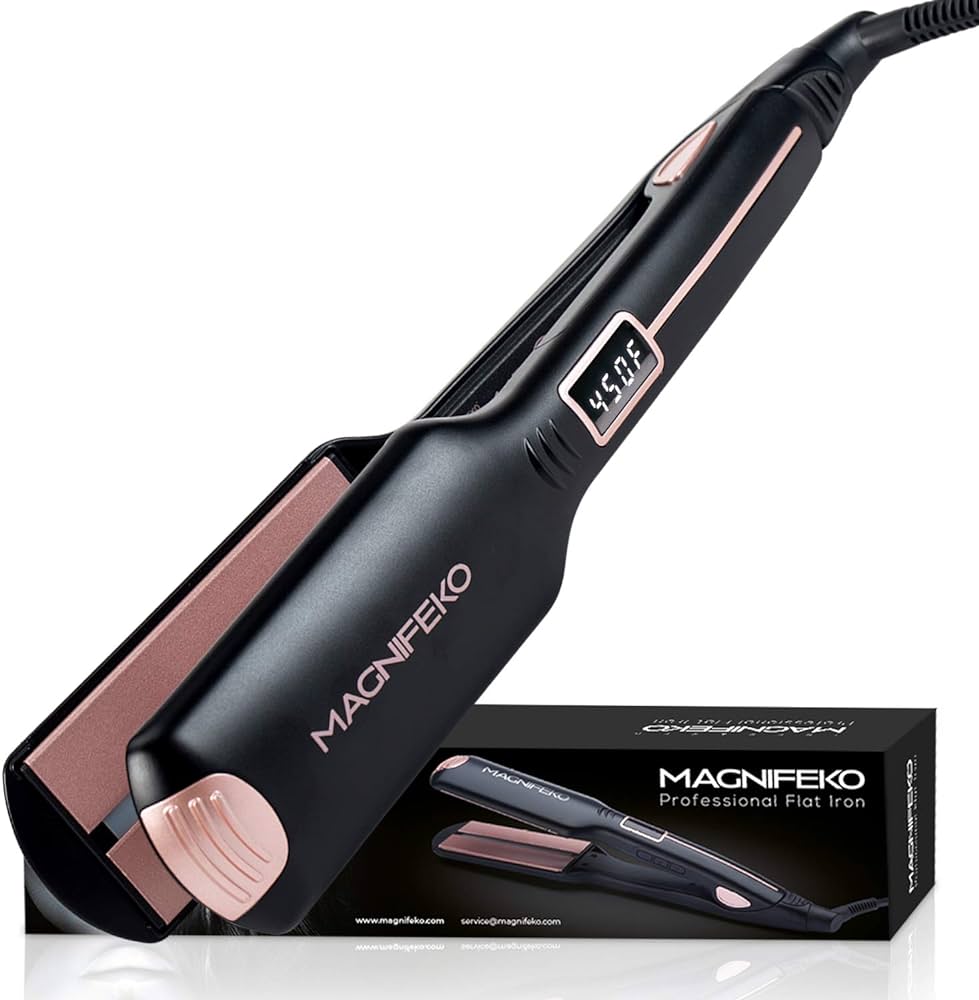
Additional Considerations and Tips
-
Hair Type and Texture:
- It is important to consider your hair type and texture when using a wet to dry hair straightener. Fine or delicate hair may be more susceptible to heat damage, so using lower heat settings and minimizing styling frequency is recommended. Thicker or more resistant hair may benefit from higher heat settings to achieve optimal straightening results.
-
Temperature Testing:
- Before using the wet to dry hair straightener on your entire head of hair, perform a temperature test on a small section. This allows you to gauge the appropriate temperature and assess how your hair reacts to the heat. Adjust the temperature setting accordingly to prevent excessive heat exposure or damage.
-
Protection Against Humidity:
- Wet to dry hair straighteners are designed to combat humidity and lock in sleekness. However, in especially humid environments, you may want to enhance the longevity of your straightened hair by applying a humidity-resistant hair spray or serum. This can help protect against frizz and maintain the style for an extended period.
-
Regular Maintenance:
- To ensure the longevity and optimal performance of your wet to dry hair straightener, follow the manufacturer’s maintenance guidelines. This may include regularly cleaning the plates, checking for any damage or wear, and storing the device in a safe and suitable location.
-
Experimentation and Personalization:
- As with any hairstyling tool, it is important to experiment and personalize your technique to suit your hair’s unique needs and desired style. Try different techniques, such as varying the size of the hair sections or adjusting the gliding speed, to achieve the straightness or texture you desire.
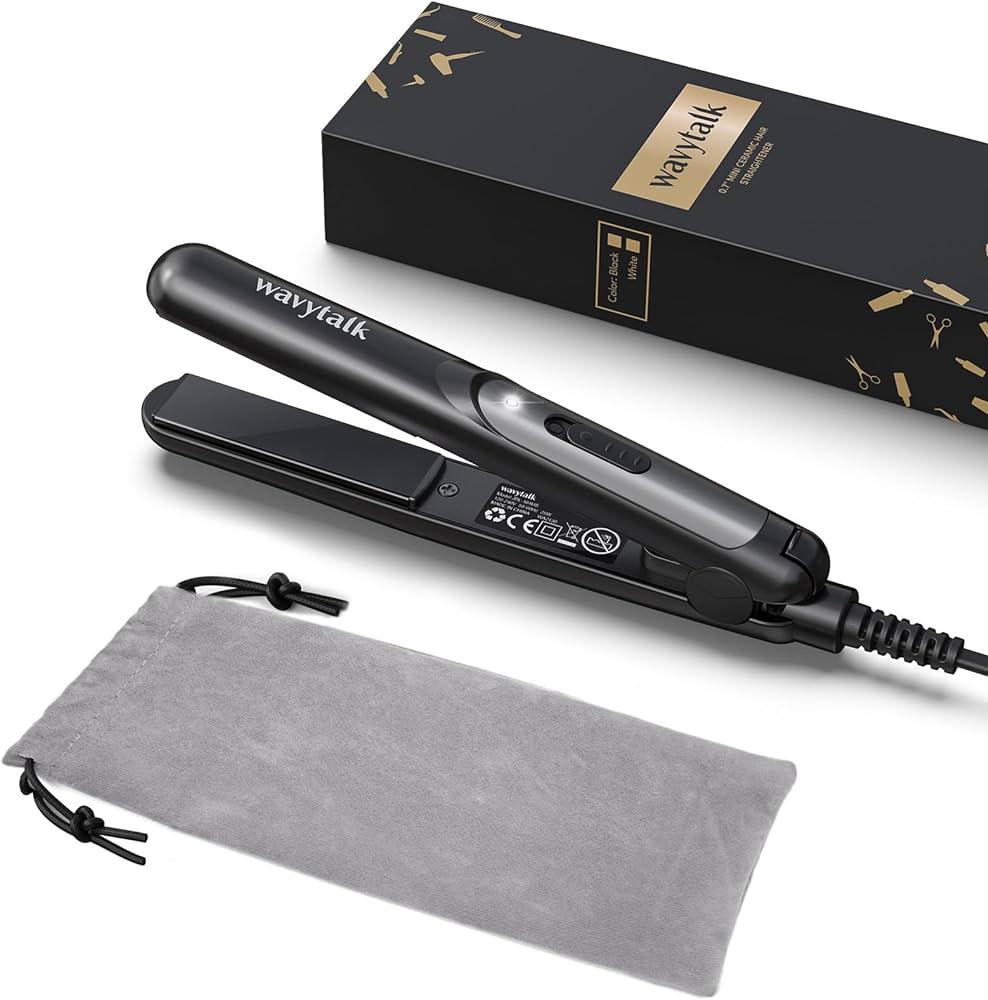
VII. Conclusion: Streamlined Styling with a Wet to Dry Hair Straightener
A wet to dry hair straightener offers a convenient and efficient solution for achieving sleek, straight hair directly from wet or damp locks. By following the techniques and tips outlined in this guide, you can maximize the performance and benefits of this versatile hair tool.
Remember to towel-dry and detangle your hair, apply a heat protectant, adjust the temperature settings accordingly, and use smooth gliding motions while straightening. Prioritize the health and integrity of your hair by monitoring heat exposure and employing proper hair care practices.
Enjoy the convenience and speed of styling your hair with a wet to dry hair straightener. With proper use and care, you can achieve beautiful, salon-quality results while minimizing heat damage and maintaining the health and vitality of your hair.
